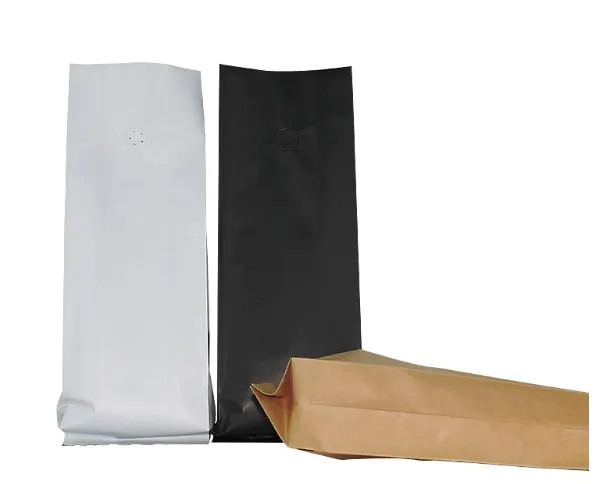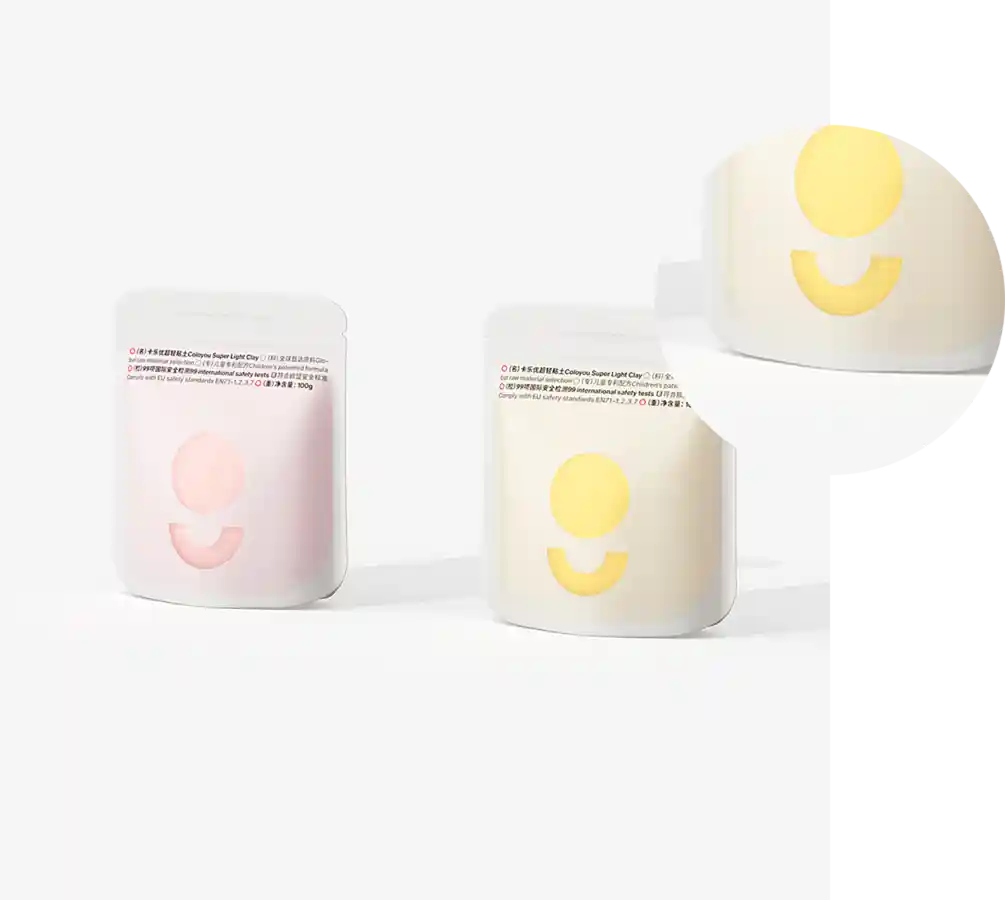- Afrikaans
- Albanian
- Amharic
- Arabic
- Armenian
- Azerbaijani
- Basque
- Belarusian
- Bengali
- Bosnian
- Bulgarian
- Catalan
- Cebuano
- chinese_simplified
- chinese_traditional
- Corsican
- Croatian
- Czech
- Danish
- Dutch
- English
- Esperanto
- Estonian
- Finnish
- French
- Frisian
- Galician
- Georgian
- German
- Greek
- Gujarati
- haitian_creole
- hausa
- hawaiian
- Hebrew
- Hindi
- Miao
- Hungarian
- Icelandic
- igbo
- Indonesian
- irish
- Italian
- Japanese
- Javanese
- Kannada
- kazakh
- Khmer
- Rwandese
- Korean
- Kurdish
- Kyrgyz
- Lao
- Latin
- Latvian
- Lithuanian
- Luxembourgish
- Macedonian
- Malgashi
- Malay
- Malayalam
- Maltese
- Maori
- Marathi
- Mongolian
- Myanmar
- Nepali
- Norwegian
- Norwegian
- Occitan
- Pashto
- Persian
- Polish
- Portuguese
- Punjabi
- Romanian
- Russian
- Samoan
- scottish-gaelic
- Serbian
- Sesotho
- Shona
- Sindhi
- Sinhala
- Slovak
- Slovenian
- Somali
- Spanish
- Sundanese
- Swahili
- Swedish
- Tagalog
- Tajik
- Tamil
- Tatar
- Telugu
- Thai
- Turkish
- Turkmen
- Ukrainian
- Urdu
- Uighur
- Uzbek
- Vietnamese
- Welsh
- Bantu
- Yiddish
- Yoruba
- Zulu
Commercial Food Packaging Solutions Advanced Commercial Vacuum Sealers for Food
- Introduction to commercial food packaging
and market overview - Technological innovations and advantages in commercial vacuum sealers for food
- Comparing leading manufacturers: performance, reliability, and value
- Customization solutions for specific industry requirements
- Case studies: Successful deployments in various food sectors
- Best practices for maximizing food safety and shelf life
- Future outlook and key considerations in commercial food packaging

(commercial food packaging)
Commercial Food Packaging: Market Overview and Significance
In today's dynamic food industry, commercial food packaging is central to supply chain efficiency, product safety, and brand differentiation. The global commercial food packaging market exceeded USD 350 billion in 2023, driven by evolving standards in food quality and consumer demand for fresher, safer products. Surging growth in online food delivery and increasing regulatory emphasis on contamination prevention also fuel innovations in packaging. As a direct result, commercial vacuum sealers for food have moved beyond basic preservation techniques to solutions that extend shelf life by 50-400% compared to standard packaging, unlocking significant reductions in food waste and cost.
The adoption of modern packaging is no longer limited to large-scale food processors. Restaurants, catering services, wholesalers, and even farm producers benefit from advanced packaging technology. The transformation is underpinned by regulatory bodies like the U.S. FDA and the European Food Safety Authority, which continuously raise the bar for traceability, freshness, and contaminant controls.
Technological Advances and the Power of Modern Commercial Vacuum Sealers for Food
Over recent years, commercial vacuum sealers for food have evolved with breakthroughs in material science, automation, and digital integration. Top-tier systems today incorporate multi-laminate barrier films capable of blocking up to 99.8% of oxygen and moisture, a leap from older single-layer films that protected against just 40–60%. The best contemporary commercial vacuum sealer for food offers high-throughput sealing cycles — some models exceeding 1,000 pouches per hour — while maintaining consistent pressure and seal integrity.
Intelligent sensors, real-time monitoring, and IoT connectivity now enable remote oversight and predictive maintenance, reducing downtime by as much as 25%. Systems calibrated for sensitive products, such as baked goods or delicate produce, minimize product damage, ensuring premium presentation and extended shelf life. Additionally, automated systems can execute tailored packaging parameters per item, a crucial capability as consumer demand grows for both traditional and novel food textures.
Manufacturer Comparison: Performance, Reliability, and Cost
Choosing the right equipment is an investment: manufacturers differ in core technologies, durability, customer support, and cost. Below is a comparative table of leading providers in the commercial vacuum sealer market, considering their main offerings, output capacity, technical features, average price range, energy efficiency, and warranty.
| Brand | Model | Output (packs/hour) | Smart Features | Average Price (USD) | Energy Use (kWh) | Warranty |
|---|---|---|---|---|---|---|
| VacMaster | PRO350 | 700 | Partial (sensor-driven) | 4,800 | 1.8 | 2 years |
| Ulma Packaging | Galaxy 2000 | 1,020 | Full (IoT & AI-monitoring) | 8,500 | 1.3 | 3 years |
| Henkelman | Jumbo Plus | 850 | Partial (remote diagnostics) | 6,000 | 1.4 | 2 years |
| Promarks | TITAN-V400 | 780 | Manual/Basic Digital | 3,950 | 2.1 | 1 year |
The table illustrates not only capacity variances and smart automation but also significant differences in energy efficiency — a key factor for sustainability-conscious organizations. Ulma Packaging, with AI and IoT features, leads in automation and lowest energy consumption, supporting both operational efficiency and higher ROI.
Customization Solutions to Meet Industry-Specific Demands
Food businesses operate under unique constraints and goals, requiring a high degree of adaptability in commercial food packaging. Customization extends from adjustable vacuum strength — vital for high-moisture or fragile products — to integration with upstream and downstream automation lines. For instance, modular seal chamber sizes accommodate everything from retail snack pouches to large-scale catering trays. Printing and labeling modules support traceability and branding directly on the packaging line, streamlining compliance and market differentiation.
Forward-thinking manufacturers now offer flexible subscription or lease models, allowing businesses to scale packaging capacity seasonally or during new product launches. Specialized air filtration or UV light sterilization can be integrated for ready-to-eat or medical-grade products. Digital twins or simulation tools enable pre-implementation testing, minimizing disruption when adapting existing facilities. These tailored solutions foster a competitive edge for both established brands and agile market entrants, directly translating packaging investments into consistent end-customer satisfaction.
Case Studies: Real-World Impact Across Food Sectors
To demonstrate the measurable benefits of advanced commercial vacuum sealers for food, consider several implementations:
- Seafood Processing: A Norwegian salmon exporter deployed high-barrier vacuum pouches. Shelf life extended from 7 to 21 days at 0-2°C, reducing airfreight spoilage by 65% and supporting entrance into new, distant markets while preserving product texture and color.
- Catering and Prepared Foods: A Canadian catering chain adopted sensor-driven chamber sealers, reducing prep time wastage by 38%. The result: more agile menu cycles and lower ingredient spend.
- Artisanal Baking: An Italian bakery used customizable vacuum parameters for gluten-free breads. Packaging preserved softness for up to 9 days, up from the previous 3 days, opening a profitable e-commerce channel.
- Supermarket Retail: A US grocery chain retrofitted all meat counters with IoT-connected sealers, achieving uniform compliance reporting and a net reduction in shrink by 28% across locations within 12 months.
These success stories exemplify how strategic packaging upgrades reinforce food security, operational performance, and market expansion.
Best Practices for Food Safety, Extended Shelf Life, and Operational Efficiency
Efficient use of commercial vacuum sealers for food requires more than robust machinery: product handling, employee training, and ongoing system maintenance are integral. Proper vacuum levels for different food categories help strike a balance between preservation and quality retention. For example, delicate greens and soft cheeses require lower vacuum pressure, while cured meats tolerate high vacuum for optimum longevity.
Hygiene protocols, including scheduled machine cleaning, periodic replacement of vacuum gaskets, and regular leak testing, prevent microbiological contamination and costly recalls. Training teams on batch tracking and digital record-keeping not only fulfills audit requirements but also hastens root-cause analysis in case of a quality event. Integrating automated weight or fill-level checks further reduces human error, helping scale production without compromising standards. These practices contribute to substantial return on packaging investment, lowering total cost of ownership over the equipment lifecycle.
The Future of Commercial Food Packaging: Trends and Critical Considerations
As global demand for safer, longer-lasting foods accelerates, commercial food packaging innovation remains at the forefront of food business evolution. Forecasts suggest the sector will exceed USD 450 billion by 2027, with smart packaging and sustainability standards as primary growth drivers. Biodegradable films, digital freshness indicators, and AI-powered predictive analytics are redefining what packaging can deliver for both producers and consumers.
Businesses preparing for future challenges should prioritize scalability, interoperability with digital supply-chain systems, and environmental compliance in their packaging strategies. Those leveraging state-of-the-art commercial vacuum sealers for food, and who apply a holistic approach to packaging, are better positioned to meet evolving regulations, reduce operational risks, and build trust with customers. The next chapter in food industry advancement will hinge on the fusion of technology, customization, and a resolute focus on sustainable, intelligent packaging solutions.

(commercial food packaging)













